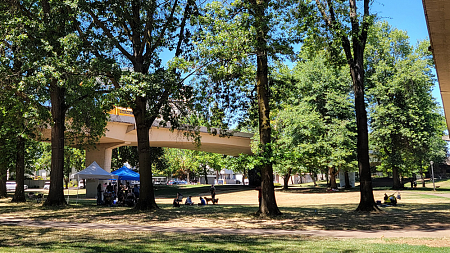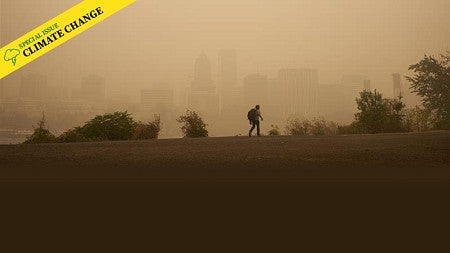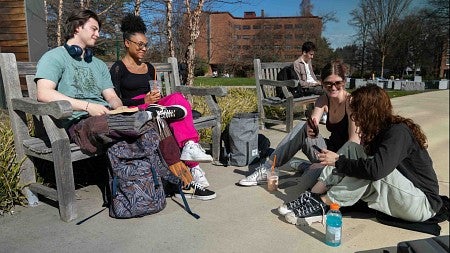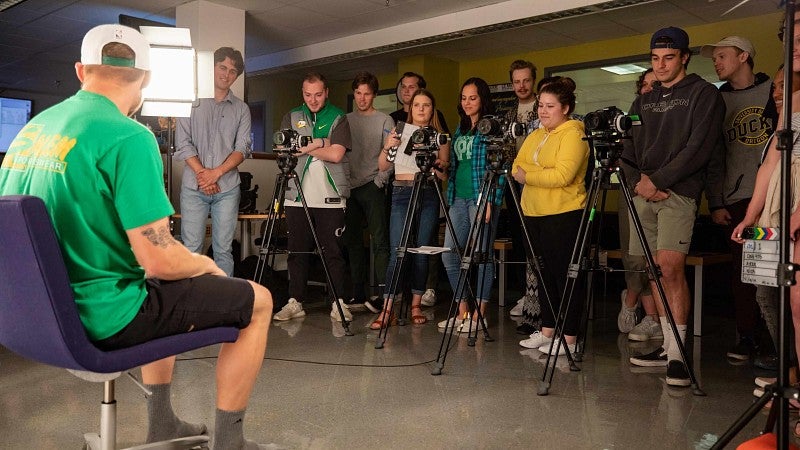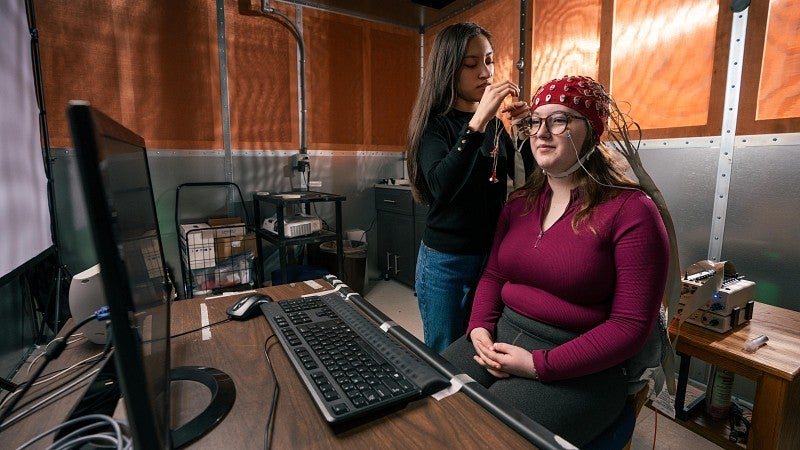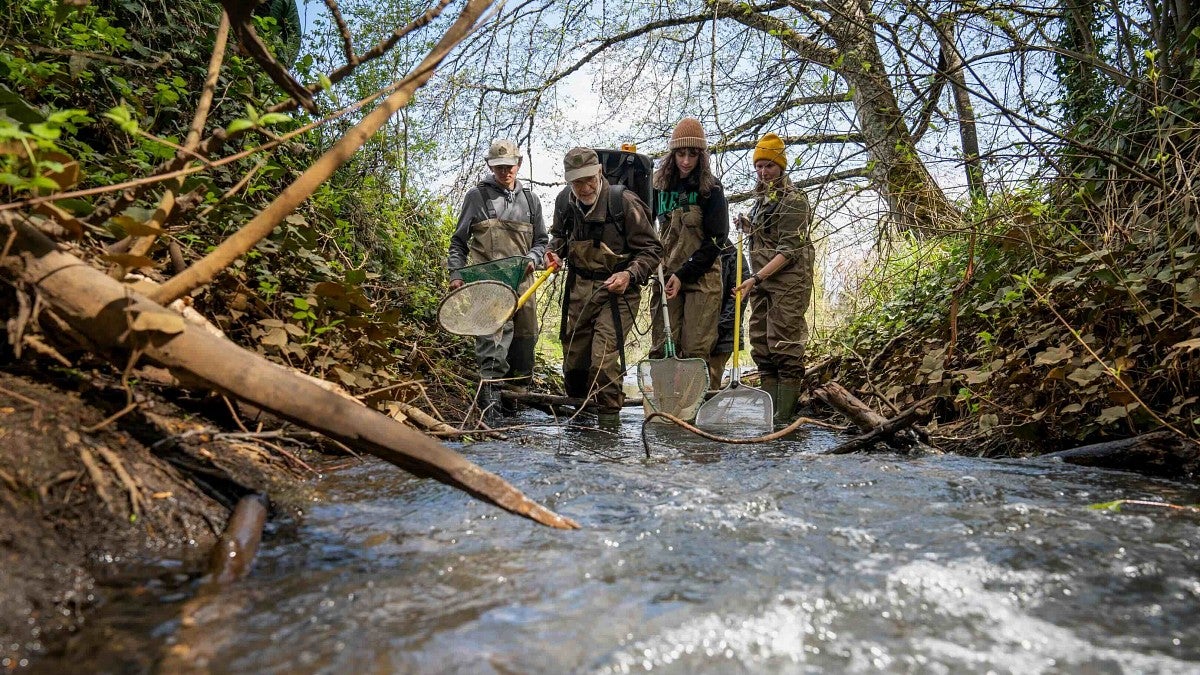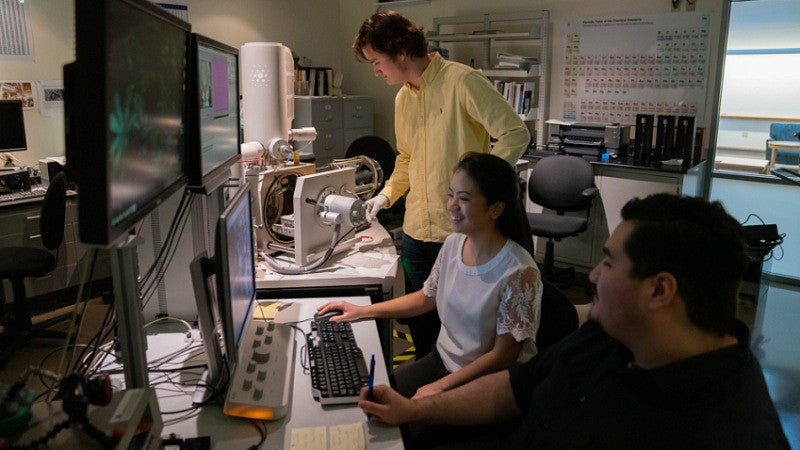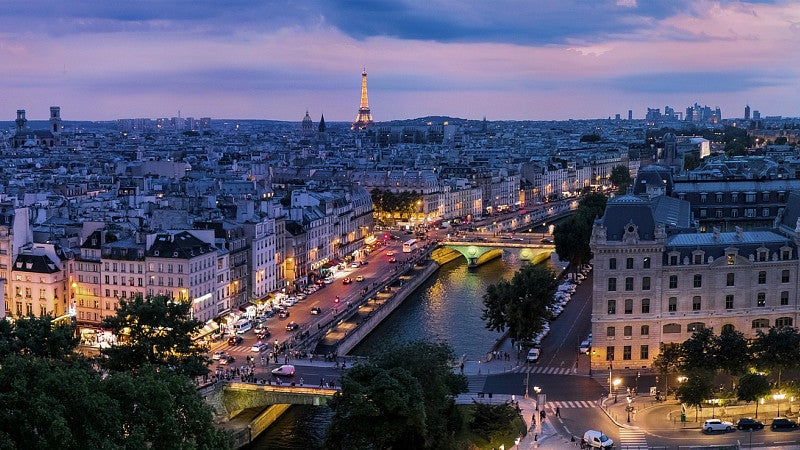Ducks Give 2025
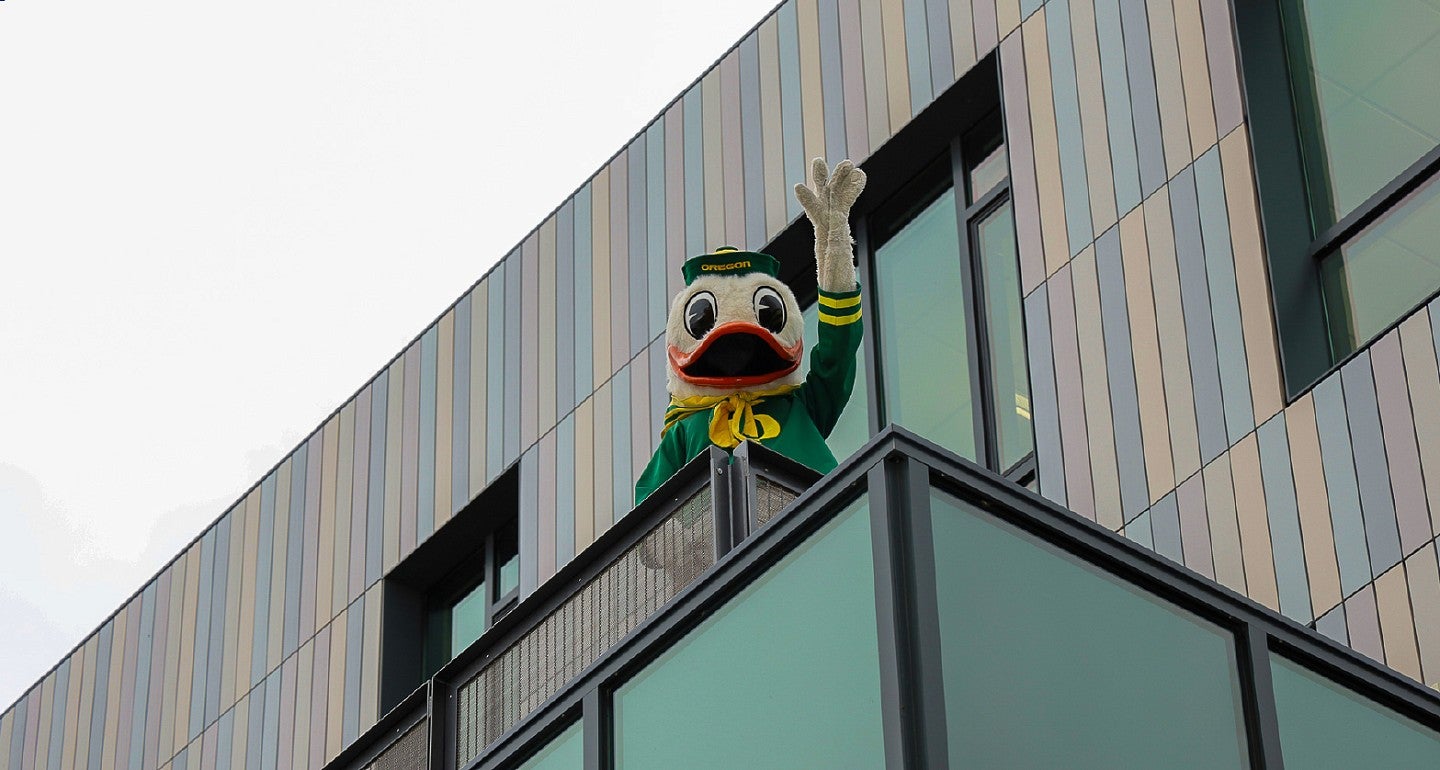
Ducks Fly Better Together
More than half of the students at the University of Oregon are majoring in a degree within the College of Arts and Sciences, and Ducks Give on May 15 is a day when you can help us provide a 21st-century liberal arts education for our 10,000-plus students. This Ducks Give, your gifts will support undergraduate and graduate student funding, the Experiential Learning Opportunity Fund, and/or your favorite department.
As budgets tighten and federal research funding faces cuts, we look to our friends to help support the programs that are essential to student success. With your help, we can provide important resources for students to grow and thrive into future leaders and changemakers in their communities and beyond.
News from CAS
All news »
We Love Our Supporters
Gifts to the College of Arts and Sciences can help our students make the most of their college careers. To do this, CAS needs your support. Your contributions help us ensure that teaching, research, advising, mentoring, and support services are fully available to every student. Thank you!
Congratulations, Graduating Ducks!
The College of Arts and Sciences’ departments will hold commencement ceremonies on Sunday, June 15, and Monday, June 16, 2025.
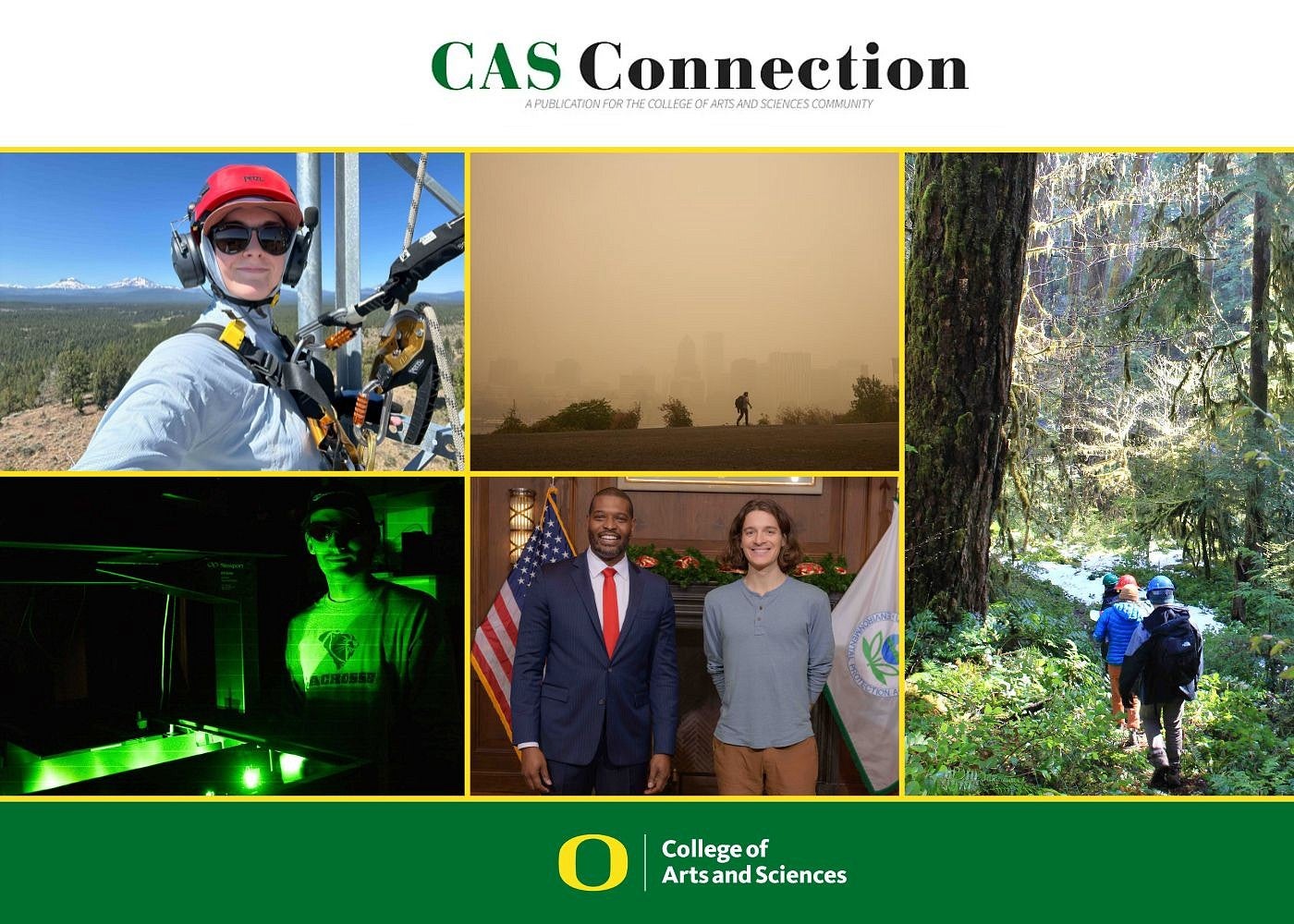
What’s Happening in CAS?
The urgency of climate change can’t be overstated. The Earth’s ten hottest years on record have occurred in the last decade, and 2024 has been the very hottest. This is leading to devastating and costly consequences. This month is a special issue that looks at how students are dealing with one of the bleakest futures of any generation and how CAS researchers are addressing climate change.
Find out how researchers in CAS are calculating the cost of climate change for Oregon households, chemists developing sustainable technologies, using economics to inform policymaking—and more.
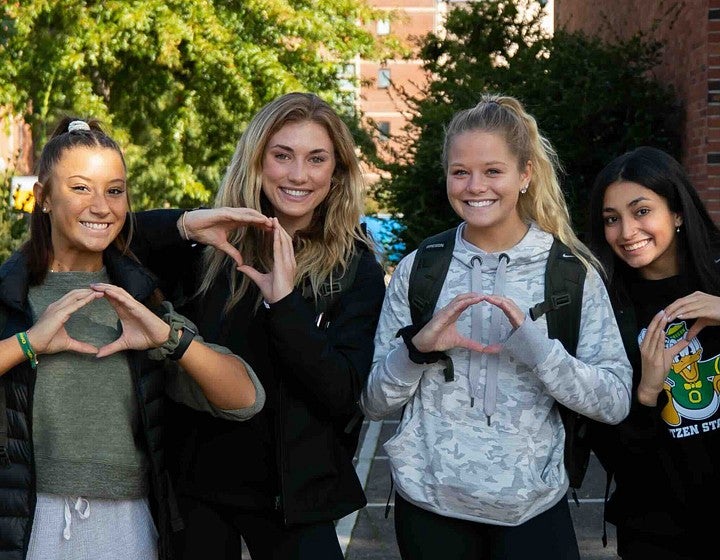
Undergraduate Studies
Wherever your academic goals eventually take you at the UO, all Ducks begin their journey with foundational courses in CAS. More than 60 percent of students go on to pursue a major in a CAS department or program. With more than 50 departments and programs, there’s an intellectual home for almost any interest, talent, or career aspiration.
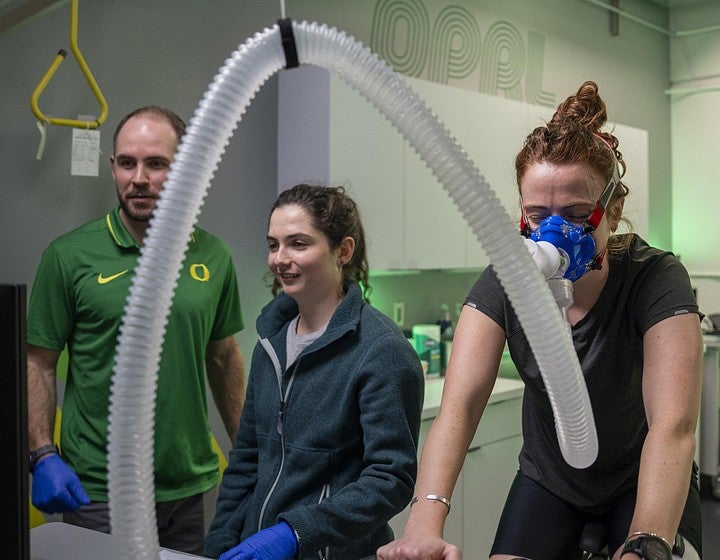
Graduate Studies
The College of Arts and Sciences offers more than 30 master's programs and more than 20 doctoral programs across a diverse range of disciplines. Both as contributors to research teams and through their own scholarship and teaching, our CAS graduate students are indispensable to the vitality of the UO academic mission.
Student Support Services
We provide our students with a variety of resources to help you thrive inside and outside the classroom. Through Tykeson Advising, we provide comprehensive academic and career advising from the start of your journey at the University of Oregon. Learn about career preparation and get assistance in selecting the very best classes. Connect with labs, libraries, IT and tutoring. Find your community on campus.
World-Class Faculty
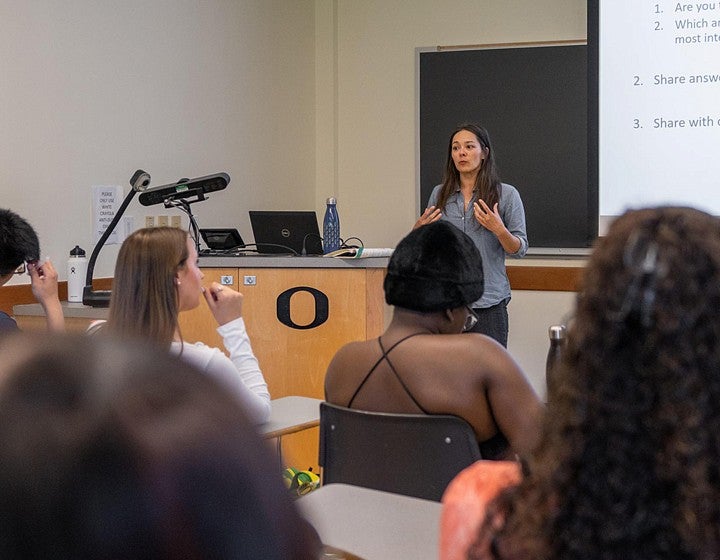
The College of Arts and Sciences faculty members are a driving force of the high-output, high-impact research activity that has earned the UO membership in the prestigious Association of American Universities (AAU). Our world-class faculty members are inspiring teachers.
Among them are five members of the American Academy of Arts and Sciences, four members of the National Academy of Sciences. They are committed to helping students discover their academic passion. Every day, they work to expand students’ intellectual horizons, preparing them for life after college with real-world knowledge and skills.
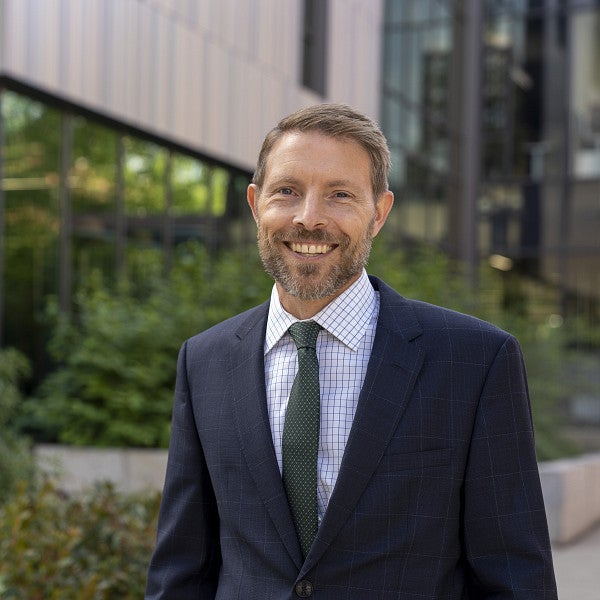
Meet our Dean
In the College of Arts and Sciences (CAS), we are committed to excellence in research and teaching, student success, and diversity, equity, and belonging.
A liberal arts education—one that offers a breadth of intellectual approaches and perspectives and depth in a major discipline—is the foundation to a purposeful life as a life-long learner, engaged citizen, and leader. The skills you will learn here—from written and verbal communication to analytical and quantitative reasoning, to compassion and understanding—are those that employers seek and will open the door to a wealth of opportunities.
You will find more than 50 majors and a multitude of minors within CAS, and seemingly endless opportunities for personal exploration and discovery. Whether you are an incoming first-year student, a grad student or a transfer student, you can map an exciting future and be part of a fun, warm, engaged liberal arts community here. Come join us. And go Ducks!
The College of Arts and Sciences includes:
Happening at CAS
A week of activities celebrating and showcasing the broad range of scholarship, programs, and research taking place across the University of Oregon related to human performance and sport within the context of the Olympic movement.
With a legacy of more than 100 alumni representing over 20 countries at the Olympic Games and a tradition of hosting elite competitions, the Olympic spirit is woven into the DNA of the University of Oregon.
Olympics Studies Week is about honoring and celebrating that legacy. Coordinated by the newly launched University of Oregon Olympic Studies Hub, the week is designed to showcase the breadth of research and activities taking place across the university related to sports and wellness within the context of the Olympic movement.
Several events, including an academic symposium and an industry session, are open for community members to attend. Professors and instructors are also incorporating lessons and research into their courses, as well as guest speakers, to explore topics related to Olympic studies.
Plus, there is an array of sporting events taking place on campus during the week, culminating in the Big Ten Track and Field Outdoor Championships at Hayward Field.
See full schedule of events: https://business.uoregon.edu/news/uo-olympic-studies-week-2025
--
Highlights of Olympic Studies Week include
- Academic Showcase, May 12, 9:00 a.m. – noon, Beetham Family Seminar Room, Phil and Penny Knight Campus for Accelerating Scientific Impact: Short presentations showcasing the array of courses, research, and scholarship taking place on campus connected to the Olympic movement. Speakers include the UO Athletics Archivist and scholars from different departments and units, including the Lundquist College of Business, School of Journalism and Communications, Human Performance, Bowerman Sports Science Center, College of Arts and Sciences, and more. This session will be live-streamed at https://www.youtube.com/live/2DZPjvS1iLg.
- Industry Panel, May 16, 10:00 – 11:30 a.m.: Organized by the Warsaw Sports Business Center, this industry session will showcase the University of Oregon's hands-on learning approach to education. Representatives from various organizations will be on hand to share insights about how they have partnered to advance the Olympic movement and appreciation for sports and wellness. Open to the public.
- UO Olympics History Archives Tour, May 14, 10:00 - 10:45 a.m., Location: Knight Library, Special Collections and University Archives (2nd Floor, North Wing): Archivist Lauren Goss will share some of the hidden treasures the university keeps in its special collections, including writings from legendary track coach Bill Bowerman. Space is limited. UO students, faculty, and staff only. RSVP at https://uobiz.co/olympic-studies-archive-tour
- UO Olympics History Hayward Hall Tour, May 14, 11:00 - 11:45 a.m., Hayward Hall, Hayward Field, (Base of Hayward Tower): This museum within legendary track-and-field venue Hayward Field honors the university’s eight Olympic gold medalists and showcases the global reach of Oregon athletics. The tour will also include a visit to the top of Hayward Field Tower. Space is limited. UO students, faculty, and staff only. RSVP at https://uobiz.co/olympic-studies-hayward-tour
- Oregon Performance Research Lab Tour, May 14, 1:00 - 2:00 p.m., Esslinger Hall 156: Lab director Brad Wilkins will highlight how the lab's research and cutting-edge technologies advance the understanding and limitations of human performance. Space is limited. UO students, faculty, and staff only. RSVP at https://uobiz.co/olympic-studies-performance-tour
- Wu Tsai Human Performance Alliance Spring Symposium, May 15, Phil and Penny Knight Campus for Accelerating Scientific Impact: The Wu Tsau Human Performance Alliance includes research from the University of Oregon, Stanford University, University of California San Diego, University of Kansas, Boston Children's Hospital, and the Salk Institute for Biological Studies. The alliance is holding its spring symposium at UO. UO students, faculty, and staff are invited to join keynote sessions via Zoom (links available at https://business.uoregon.edu/news/uo-olympic-studies-week-2025)
9:00 a.m.–12:00 p.m.
Join researchers and instructors from across the university.
The session will include an introduction to the University of Oregon Olympic Studies Hub, along with short presentations showcasing the array of courses, research, and scholarship taking place on campus connected to the Olympic movement. Speakers include the UO Athletics Archivist and scholars from different departments and units, including the Lundquist College of Business, School of Journalism and Communications, Human Performance, Bowerman Sports Science Center, College of Arts and Sciences, and more.
The session is open to all UO students, faculty, and staff to attend in person. It will also be streamed live to the worldwide International Olympic Committee Olympic Studies Centre network, which includes dozens of Olympic Studies and Research Centres and hundreds of independent Olympic scholars from around the world.
This event will also be livestreamed at https://www.youtube.com/live/2DZPjvS1iLg
RSVP to attend in person at https://oregon.qualtrics.com/jfe/form/SV_7VbErK04NDFmoJ0
--
Featured Speakers
Yoav Dubinsky and T. Bettina Cornwell, Lundquist College of Business An introduction to the University of Oregon Olympic Studies Hub and its focus on experiential learning, business and Olympism, studies and research, and multidisciplinary collaborations.
Lauren Goss, Special Collections and University Archives, UO Libraries Highlights from the University of Oregon's more than 100 years of history with the Olympic movement, including some hidden treasures from Special Collections.
Peg Weiser, Philosophy, College of Arts And Sciences The role and history of philosophy in sport, including the nature of games, rules, and play; the aesthetics of sport and art; and the ethics of athletic competition, going back to ancient Greek philosophy and its revitalization in the 19th century.
David Chamberlain, Classics, College of Arts And Sciences The role of sports, games, and athletics in the lives of the ancient Greeks and Romans and the way these were interwoven with the development of thought, society, warfare, and politics, especially the democratic polis.
Lori Shontz, School of Journalism and Communications Overview of the University of Oregon's SOJC Track Bureau, in which students have provided coverage for national and international publications for events at Hayward Field.
Brad Wilkins, Oregon Performance Research Lab Redefining human capabilities through innovative research exploring the physiological mechanisms underlying human limitations through rigorous scientific studies.
Josh Gordon, Lundquist College of Business Conflict, competition, and fairness in sport; the art of negotiation; and the role of an international arbitrator for the Court of Arbitration for Sport.
Mike Hahn, Bowerman Sports Science Center Translating the latest advances in sports science into immediate benefits for elite athletes and educational opportunities for students, leading to innovations in injury prevention and improved performance.
John Davis, Lundquist College of Business The Olympic Games, the power of stories, and how sports marketing builds strong brands.
--
See full schedule of UO Olympic Studies Week events at https://business.uoregon.edu/news/uo-olympic-studies-week-2025.
3:00–4:30 p.m.
Queer dance floors have long thrived at the edges of imagination, a place to invent new ways of gathering, a place to imagine other ways of bending space andtime, a way to exist at the borders and edges of feeling. Broken into a series of fragments, or samples, this talk underscores queer nightlife as a site ofimagination and as a method of living in and through the violence and five-alarm fire of Black queer life.
madison moore is an artist-scholar, DJ and Assistant Professor of Modern Culture and Media at Brown University. He is broadly invested in the aesthetic, sonicand spatial strategies queer and trans people of color use to both survive and thrive in the five alarm fire of everyday life. His first book Fabulous: The Rise of theBeautiful Eccentric (New Haven: Yale University Press, 2018), offers a cultural analysis of fabulousness as a practice of resistance.
7:00 p.m.
Please join us for the May pub lecture hosted by the Department of History and the Lane County Historical Society. Associate Professor Yvette Saavedra will discuss "On the Trail of Bad Women: La Mala Vida and Defiant Women in Nineteenth Century Mexican Los Angeles, 1790-1870."
Monday, May 12 at 7 pm at Whirled Pies Downtown Free and open to everyone!
The UO Department of History and the Lane County Historical Society present a series of talks with scholars about history, from the local to the global. Join us for stories, food, and conversation in a casual setting!

